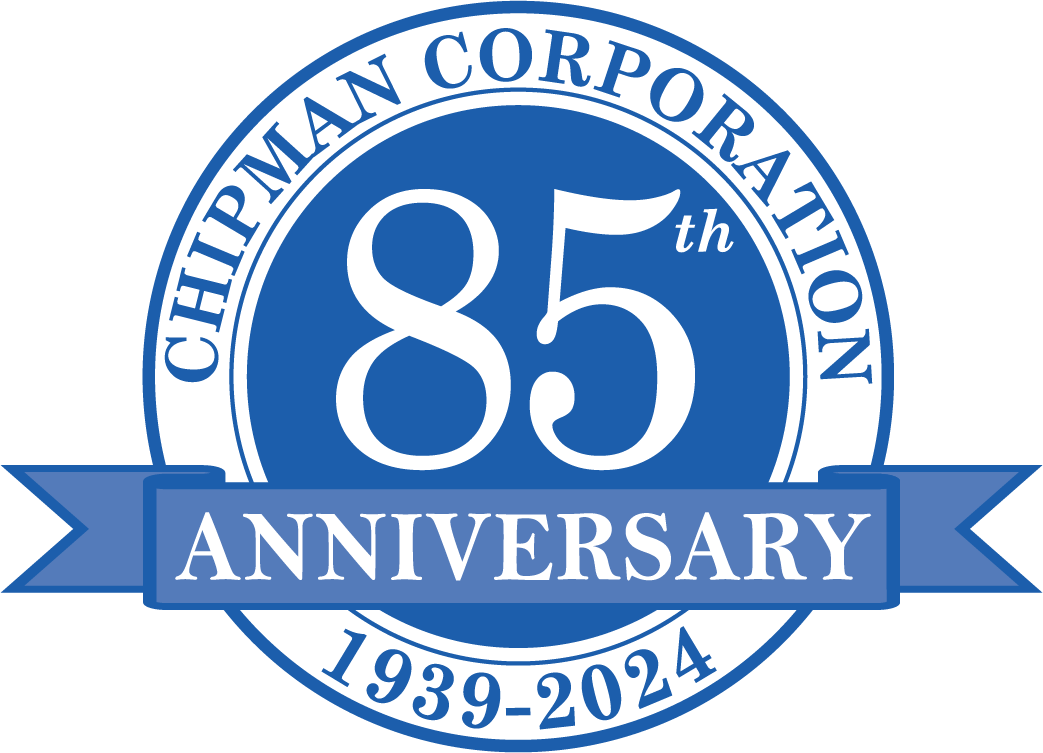Our team is standing by to assist you with a free move quote, help you through the process, or answer questions that you may have.
Request A Quote »
A successful commercial move requires preparation and attention to detail. Here are some tips to help your commercial move go smoothly.
1. Plan Early
Begin planning for your move as soon as the new lease is signed. The most successful moving plans begin six and eighteen months before the move date.
Develop an office relocation project plan and a moving budget that includes any overlap in rent or utilities, funds for new equipment that might be necessary, design or construction expenses, and money to pay professional movers. Also, develop a strategy and schedule, working backward from the move date to set deadlines. If you prepare early, you can handle any small challenge that may occur.
2. Announce the Move
Once you know you're moving, begin spreading the news. Emphasize the benefits of the move to each group.
Start by telling your employees. You don't want them hearing from other sources. Be prepared to answer questions about the new location, such as parking, access to public transportation, and nearby services. If the location is some distance from your previous location, decide which employees you most want to relocate with you and develop relocation packages for them, including corporate relocation.
Use several tactics to tell customers and suppliers about the move. Include labels on mailing envelopes and notices inside bills and check payments. Put announcements on social media and draft press releases for local media. Also, tell others about your move with announcement cards, indoor signage, and notices on your website.
3. Choose a Move Planning Team
Choose a moving team and leader who will help ensure all employees understand expectations during the moving process. A cross-department team is best and should meet weekly. The individuals you choose for the team should possess the skills to oversee and assign intricate and extensive jobs before the relocation project.
4. Visit the Site
Have your moving team visit the site and develop a floor plan for all furnishings, equipment, and technological devices. Encourage them to share the proposed floor plan with other employees and ask for feedback. Also, consider surveying employees for their needs for privacy and collaboration.
5. Purge and Inventory
Carefully examine your equipment and furnishings to determine whether you should move it. Ask employees to purge their workstations of clutter or nonessential files. Purging allows you to save money on the move and to make the best use of space at your new location.
Once you've purged, inventory what you will move to the new location.
6. Hire Professional Movers
Choose a professional moving company partner early in the process. Select a mover who has experience in moving operations similar to yours. A professional mover can help ensure a smooth relocation and reduce your downtime.
7. Schedule
Schedule your move outside of regular office hours to decrease business disruption. Many professional movers have early morning and weekend hours. They also can handle a move quickly if scheduled ahead of time.
8. Pack
Create a packing plan with your employees so everyone stays informed and involved in the process. If your movers do a full-service pack, let your employees know to pack their personal things and devices.
Label every box. Also, label cables and cords and keep them with the equipment. If your office has highly specialized equipment, consider leaving that to the professional movers.
Office Relocation Planning
Planning an office relocation can be overwhelming. From disassembly to reassembly, there are numerous critical steps involved. Any delays in the process can cost your company money. We can complete your move smoothly and successfully with little to no downtime. We have the equipment, professional knowledge, and experience to handle your moving needs. Contact us today.

